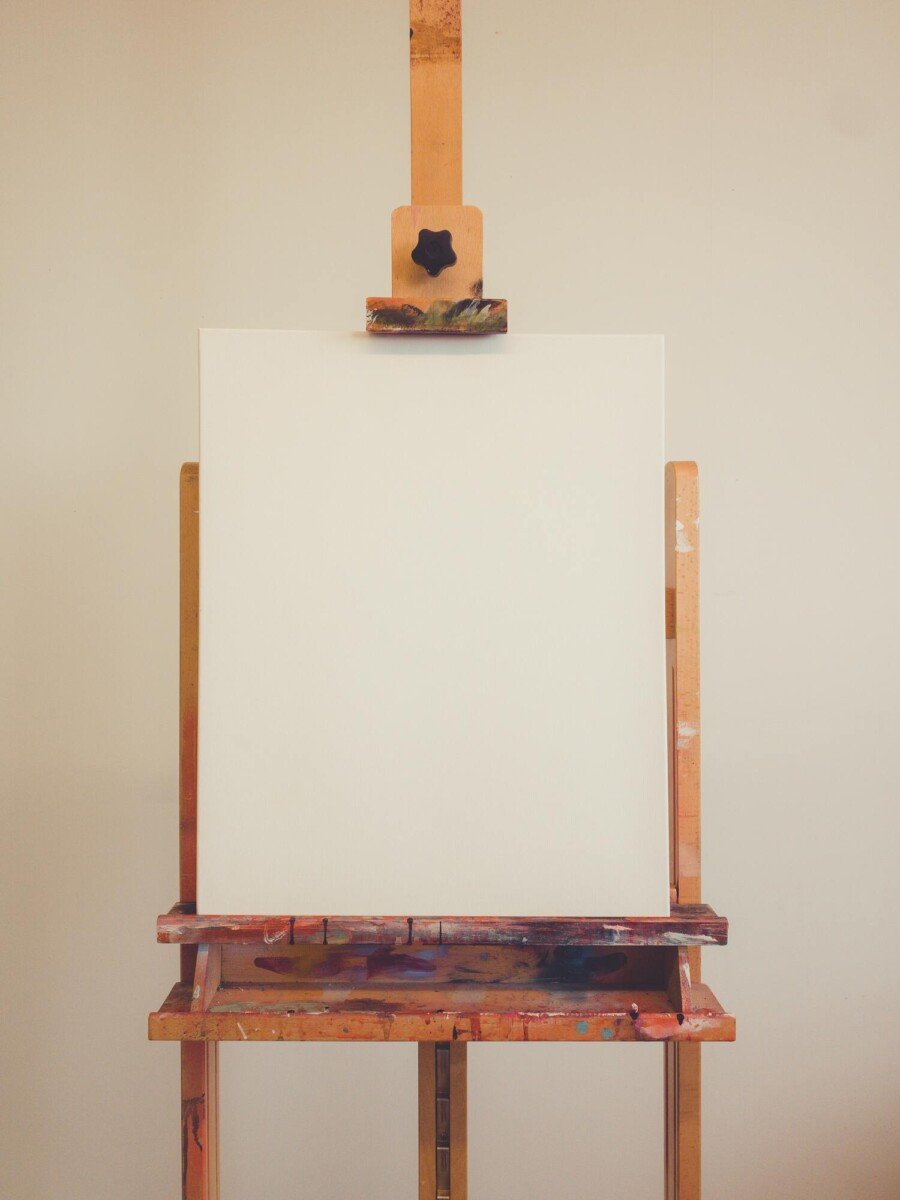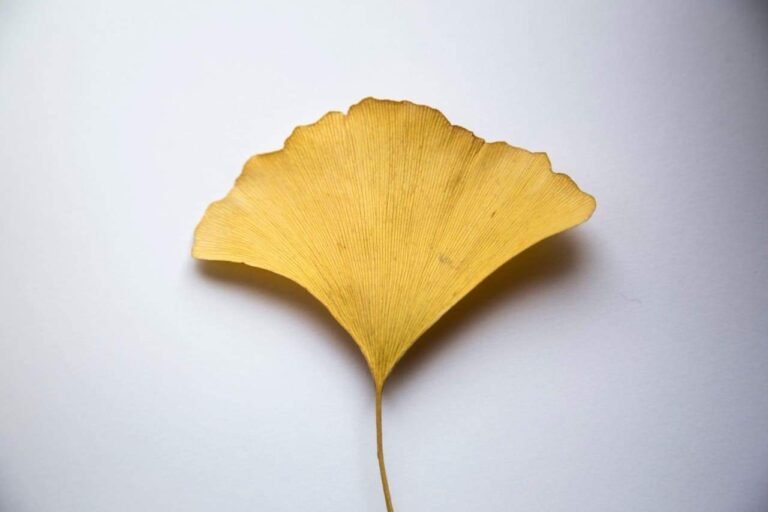Are you making the most of your daily blank canvas?
Each day gives you your very own new, blank canvas.
86,400 seconds in which to put your unique mark on the world.
But how can you consistently turn that empty shape into something productive and worthwhile?
Read on and we’ll build up the picture…..
What do you want to paint?
To create anything, be it a painting, a meal, or a work presentation, you need to start by knowing what you want your final creation to be and what its purpose is.
Without visualising your end painting and its purpose, it is impossible to begin working out how and where to add paint to your canvas in a way that brings what you want to life.
Alternatively, let’s say that you want to implement and complete a successful project at work. Without understanding the purpose of the project and what it is intended to achieve from the outset, selecting the right actions that you need to progress and finish the project will be difficult – just as not knowing what you plan to eat when you get home from work can end up turning into an unintended trip to the supermarket or an unwanted expensive takeaway instead!
Treat your canvas with care
When presented with a blank canvas, one temptation is to start applying paint straight away and just see how the painting develops. You may be lucky and create something that you’re really happy with, but on the other hand, a lack of planning could result in unwanted big messy splodges everywhere and a wrecked canvas instead.
To create a great painting from scratch requires careful up front thought. For example, what shapes, colours and shades are going to be applied to the canvas? In what order do they need to be painted? What is the main focal point? What other parts of the painting need to be highlighted and how?
Any project, piece of work or studying requires the same approach. Considering what elements you need and how to compose and knit them together on your blank canvas will minimise the risk of you having to throw out a half started painting and going back to the drawing board.
Selecting your paint
An artist has a whole spectrum of colours and shades to choose from when bringing a canvas to life. However, they are unlikely to use every one of those, to ensure that the painting doesn’t become overwhelming to the viewer and has the desired meaning and impact.
Similarly, the type of thinking that you use in any task, work or project needs to be carefully selected. How you think about what you do will have a direct impact on how successful the end result is. Think too hard or wide and things can get confusing. Think too little or narrow and important things can be overlooked. But drawing on effective thought processes can make all the difference between completing a project successfully, or it being mothballed (and time and effort going to waste when it could have been easily avoided).
Using the right brushstrokes
How an artist adds paint to the canvas is a critical part of any painting. Applying paint with the appropriate brush and brushstroke and putting it in the right place on the canvas is an art form, which comes with practice and experience.
Equally, how you apply thought to anything you do, requires a keen awareness of how you think and how you turn your thinking into the actions necessary to implement your desired end result.
A little note of caution here. If you think in a way that starts to grey your blank canvas into something that is influenced by actions, experiences or results from the past, then depending on their nature, those influences may have a negative effect on your work. For example, failing to get a promotion at work or getting a low grade in an exam could unfairly taint the view that you hold of your own self-worth, which in turn could affect your ability to think and make decisions confidently and rationally.
If you start to taint the colour of a blank canvas unintentionally, then you will run into problems when you try to complete work or projects effectively. So think about a blank canvas being just that – one onto which you paint what you really want to achieve and just throw away the paint and brushes that don’t help you to achieve that!
The artist, canvas, paint and brush all as one
For an artist to bring a painting to life on canvas, they need to be at one with canvas, brush and paint. Similarly, to be effective and successful in any given task, a person needs to be at one with their thoughts.
Over time, through learning, experience and practice, an artist learns how to mix paints to the required shades and carefully control the application of the brush on the canvas – bringing their painting to life.
So how can you bring your blank canvas to life and achieve what you want each day? By choosing and using the right thought processes from the outset and practising applying them in everything that you do.








